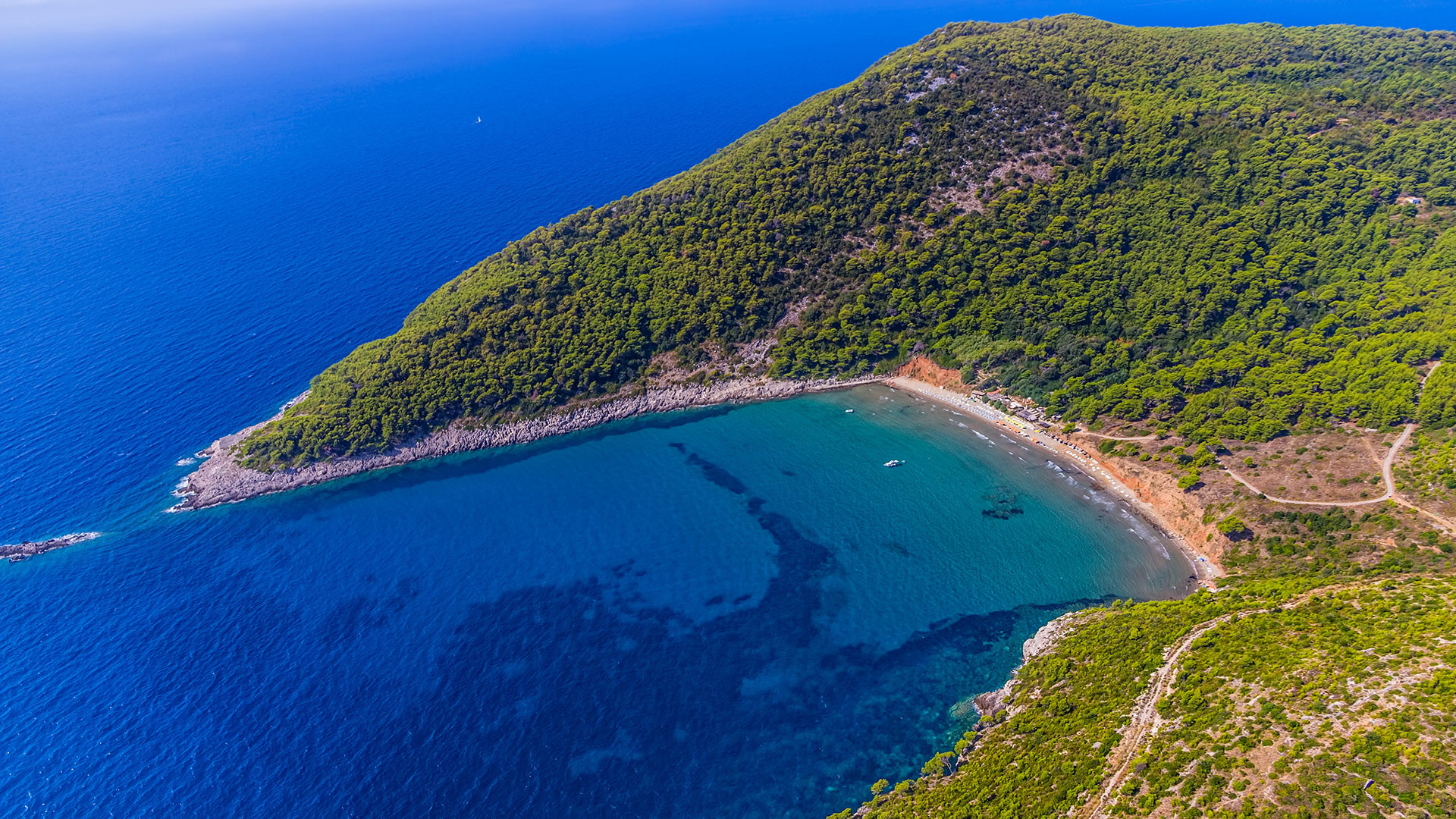
The Maritime and Natural Beauty of the Lopud Island
There are numerous islands in the Adriatic near Dubrovnik, each with their own histories and hidden gems. As a major seafaring region, the islands have produced their fair share of legendary sailors and famous tales over the centuries. Coupled with the more sedate pace of modern life away from the mainland, these islands make for excellent day trips to explore and chill.
And few islands are more fun to explore than Lopud, which lies almost in front of Sun Gardens Dubrovnik. Forget any plans to hire a car and explore the island on four wheels, for this is one of the few inhabited islands which is car-free.
But just because there are no cars, that does not mean there is nothing to do or see. For Lopud has quite a history, with human habitation dating back at least to the 7th century. Refugees fleeing from the Ottomans in the 15th century increased the population considerably until the 17th century when an incredible 14,000 people lived on the island. That compares to just 249 in the 2011 census.
Lopud was at the heart of the dominance of the Dubrovnik Republic's seafaring success, and at its height, the island was home to about a quarter of the republic's navy, with some of its most famous sailors being Lopud men.
Lopud has a number of historic palaces, over 30 churches and two monasteries. At its height of the seafaring prominence of the Dubrovnik Republic, it was a place of immense culture, but disaster struck in 1667, with a devastating earthquake which badly damaged both Dubrovnik and Lopud, but while the Pearl of the Adriatic recovered, Lopud did not. The result for tourists today is a charming and lush island full of wondrous vegetation and historic buildings.
Oh yes, and THAT beach...
The Croatian coast has thousands of outstanding beaches, but very few sandy beaches, which some guests much prefer. Lopud had a hidden gem in that respect, the beach of Šunj, a rare sandy beach backed by the island's famous lush vegetation. It is truly an idyllic spot. Needless to say, with such natural unspoilt beauty, the water around Lopud is divine, a perfect swimming spot.
Lopud's most famous son is undoubtedly Miho Pracat, the wealthy 16th century merchant, who won made and lost (through shipwrecks) fortunes, and whose bust today can be found in the Rector's Palace in Dubrovnik.
According to legend, having lost his fortune for the second time when he lost his fleet, Pracat decided to return to Lopud and live out his days in a modest manner. While sat alone feeling sorry for himself, he noticed a lizard trying to climb a wall. The lizard failed twice, falling both times. But on the third attempt, the lizard succeeded, prompting Pracat to swear an oath that he too would try again. As with the lizard, it was a question of third time lucky, and he went on to become not only immensely rich, but also a great benefactor and meritorious citizen of Dubrovnik.
Perhaps his most famous hour was a conversation with a grateful Charles V after his ships circumvented a blockade and delivered grain to the king's troops. The king summoned the merchant during his morning shave to ask him what he wanted to show the king's gratitude, to which the Dubrovnik merchant replied that he had no need for anything as he was wealthy enough, but he would take the king's shaving serviette. The serviette is on display in the Museum of Lopud to this day.
